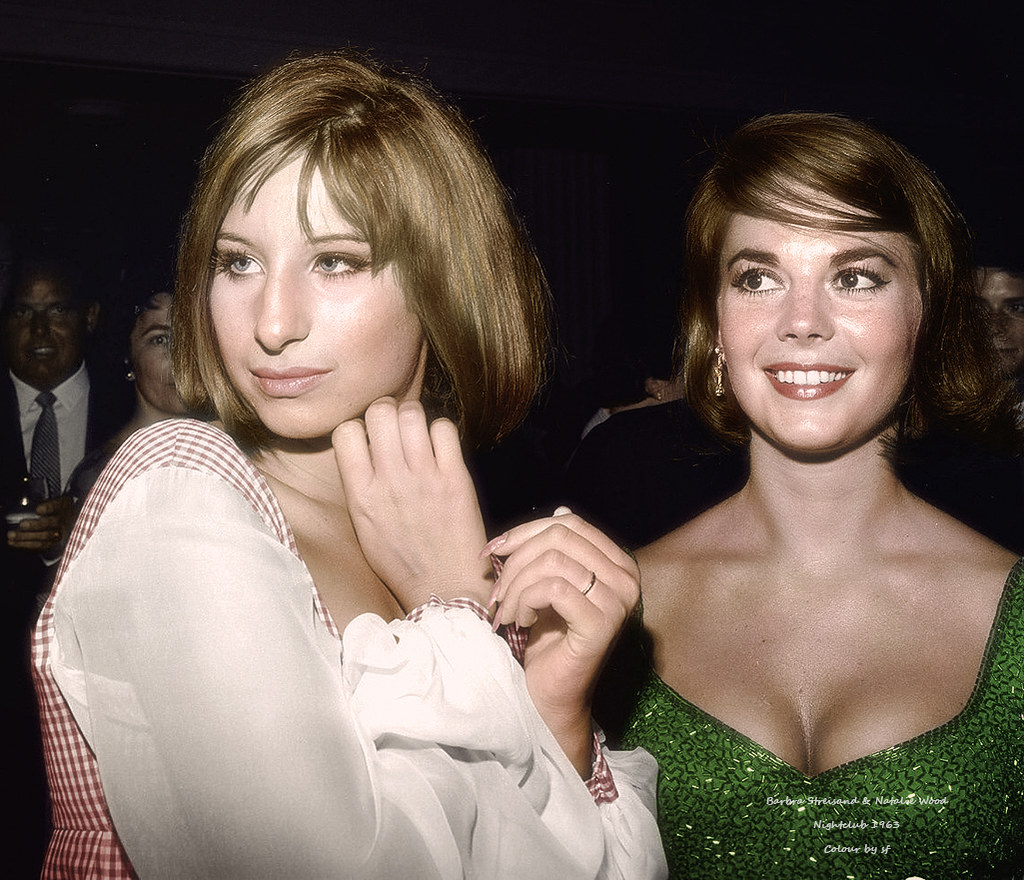
Movies, right? We absolutely adore them. They transport us, make us laugh, cry, and sometimes, they even make us think! From epic blockbusters that redefine storytelling to indie gems that touch our souls, films have this magical way of pulling us into their worlds, making us suspend disbelief and invest completely in the characters and their journeys.
But here’s the thing: sometimes, just sometimes, even the most beloved, critically-acclaimed movies pull a fast one on us. You’re deep into the narrative, popcorn in hand, utterly captivated, and then BAM! A moment hits you. A tiny, nagging thought that quickly blossoms into a full-blown “Wait, what just happened?!” question. That, my friends, is the glorious, infuriating, and often hilarious world of the plot hole.
A plot hole, for the uninitiated, is basically an inconsistency in a storyline that throws the established logic of the film’s plot completely out the window. It can be due to bad writing, a rushed twist, or simply a moment where the filmmakers decided “eh, the audience won’t notice!” Oh, but we notice. And today, we’re diving headfirst into 15 of the biggest, most talked-about plot holes in cinema history that will either make you rethink your favorite movies or just make you giggle. Buckle up, because major spoilers are ahead, and your cinematic world might just get a little wobbly!

1. **The Village (2004)**M. Night Shyamalan. Seriously, that name *had* to pop up here, didn’t it? After ‘The Sixth Sense’, Shyamalan became synonymous with twists. But ‘The Village’, released five years later, ended up an “ocean of plot holes” culminating in an infamous twist that left many scratching their heads in confusion.
The movie sets up an isolated community, seemingly from a bygone era, living in fear of mysterious monsters in the surrounding woods. Villagers follow strict rules, creating palpable tension. It’s a compelling premise, drawing you into this secluded world where danger lurks beyond the tree line.
The big reveal: ‘The Village’ is actually set in contemporary times, a reserve protected by “high government officials” yet “inaccessible to almost entirely anyone from the outside.” The monsters are a ruse by elders to shield their community from the “nasty world outside.” This premise fundamentally contradicts the central plot: how is it so isolated and protected by the very government it’s hiding from? This setup demands a suspension of disbelief that strains credibility.
Read more about: Beyond the Barbed Wire: A Deep Dive into the Iconic Filming Locations of ‘The Great Escape’ for Dedicated Fans
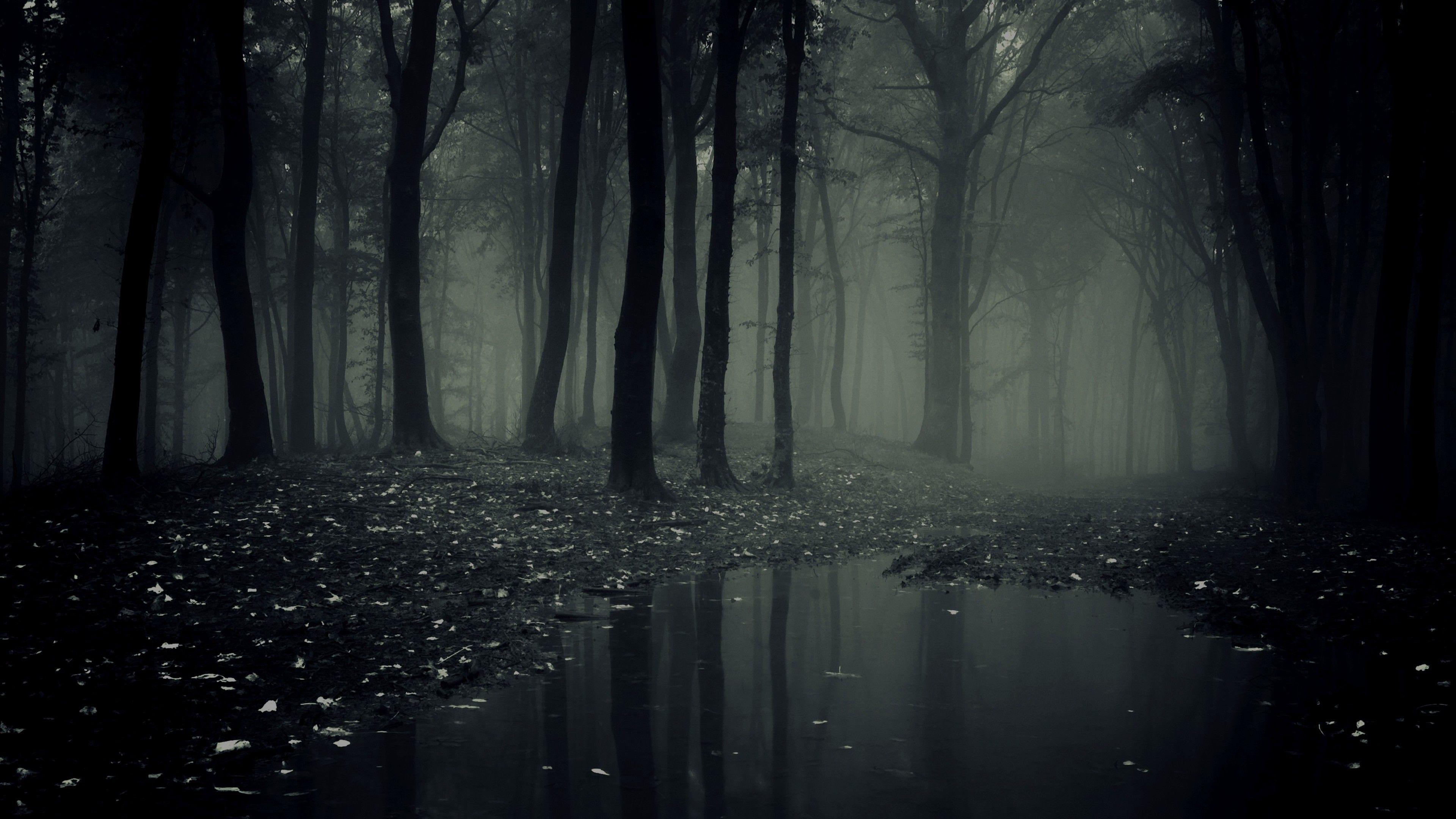
2. **The Dark Knight Rises (2012)**Christopher Nolan’s ‘The Dark Knight’ set a towering benchmark for superhero films. Its 2012 follow-up, ‘The Dark Knight Rises’, while visually epic, was hampered by “contrived plot lines stuffed with incomprehensible plot inconsistencies.” Despite Nolan’s directorial panache, the film contained several head-scratching moments.
One major puzzle: Bruce Wayne heroically flies off with a nuclear bomb, seemingly sacrificing himself. This powerful act appears to be Batman’s poignant end. Yet, in the closing scene, Bruce is casually enjoying a meal with Selina Kyle. How did he survive a nuclear explosion capable of destroying the entire city? The film offers no plausible explanation, a “big compromise” defying established logic.
Adding to the narrative quirks are the plot holes involving the Gotham Police Department. Villain Bane traps “thousands” of GPD officers underground for “three and five months!” Firstly, why would Bane keep them alive? Secondly, how did thousands survive underground without basic necessities? And finally, they all emerge “clean-shaven in clean and pressed uniforms.” These inconsistencies make it hard to fully suspend disbelief.
Read more about: Unforgettable Movie Finales That Continue to Stir Controversy
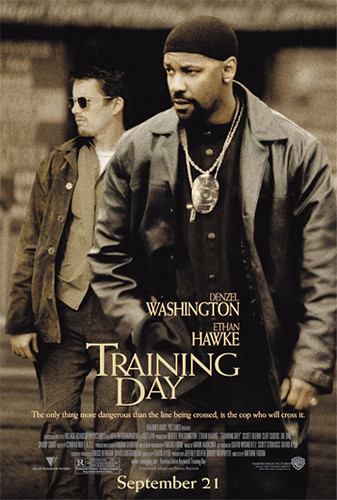
3. **Training Day (2001)**Let’s be honest: Denzel Washington’s electrifying performance as Detective Alonzo Harris is “the only reason why ‘Training Day’ still remains a decent, entertaining watch.” Denzel “almost hypnotises you into taking the film a lot more seriously than it actually is.” His magnetic presence carries the film, often allowing audiences to overlook its narrative flaws on a first viewing.
However, on repeat viewings, these plot flaws “inevitably creep on to you, almost wrecking the entire experience.” The central premise feels illogical: why would a “hard-core criminal such as Alonzo” take a “completely new guy on the job” like Jake Hoyt, exposing him to his entire “secret world” of corruption? A man as cunning and dangerous as Alonzo would surely avoid such immediate and unnecessary risk.
The most famous plot hole occurs during the Roger shooting scene. Alonzo and his team shoot Roger to steal his money, then inexplicably “leave with his body lying down as it is.” This defies the logic of a supposedly “smart” criminal. Someone of Alonzo’s experience would prioritize cleaning up “crucial evidence for the cops to detect later on.” This oversight undermines the film’s gritty realism and Alonzo’s persona.
Read more about: Scarlett Johansson’s Unforgettable Journey: Her Groundbreaking Career, Personal Triumphs, and Life with Colin Jost

4. **Ocean’s Eleven (2001)**Steven Soderbergh’s ‘Ocean’s Eleven’ is a triumph of cool, a “most popular film of all time” and “one of the most stylish heist dramas to have ever come out of Hollywood this century.” It’s slick, star-studded, and keeps you on the edge of your seat as Danny Ocean and his crew meticulously plan to loot three high-stakes casinos. Soderbergh is truly “in complete control over the film,” orchestrating a symphony of intricate moves.
But even the most perfectly executed plans can have a tiny, invisible flaw. For ‘Ocean’s Eleven’, there’s an “epic goof-up towards the end” that, for many, very nearly “destroy[s] the movie.” It’s “perhaps the most talked about plot flaw of the film,” and once you see it, you can’t unsee it.
The big reveal: the SWAT team securing the money was actually Ocean’s crew. They get the real money, leaving Terry Benedict with fakes. The heist’s magic relies on this switch, but “what’s boggling here is how they managed to switch the fake and real money as it isn’t shown, and there is no real-time for such a thing to actually happen.” The film uses “slick editing” to gloss over this crucial, unexplained step, forcing audiences to accept a massive logistical leap of faith.

5. **The Matrix (1999)**’The Matrix’ is a cinematic game-changer. “Inventive, intriguing and endlessly entertaining,” it’s “unarguably one of the best science fiction movies of all time.” With its groundbreaking visuals, philosophical depth, and complex narrative, it successfully created a world that felt both utterly alien and eerily familiar. For the most part, its “technically ambitious” nature meant “near perfect authenticity with regards to its complex scientific aspects.”
However, in this meticulously crafted world, a biological twist many fans find difficult to swallow emerges. The core premise, explained by Morpheus, is that machines use human bodies as the primary energy source, harvesting their heat and bioelectricity. It’s a chilling concept underpinning the entire dystopian reality.
But here’s the kicker: “the whole idea of machines using the human bodies as the only source of energy and utilise their heat seems a bit of a contrivance and quite incomprehensible.” Critics have pointed out that “considering they could have used various other mammals instead of humans which made things a lot more complicated.” This inefficiency, a monumental effort for minimal gain, makes the entire premise feel less like genius and more like narrative gymnastics.
Read more about: From Pioneers to Powerhouses: 11 African American Actors Who Redefined Hollywood and Left an Unforgettable Mark
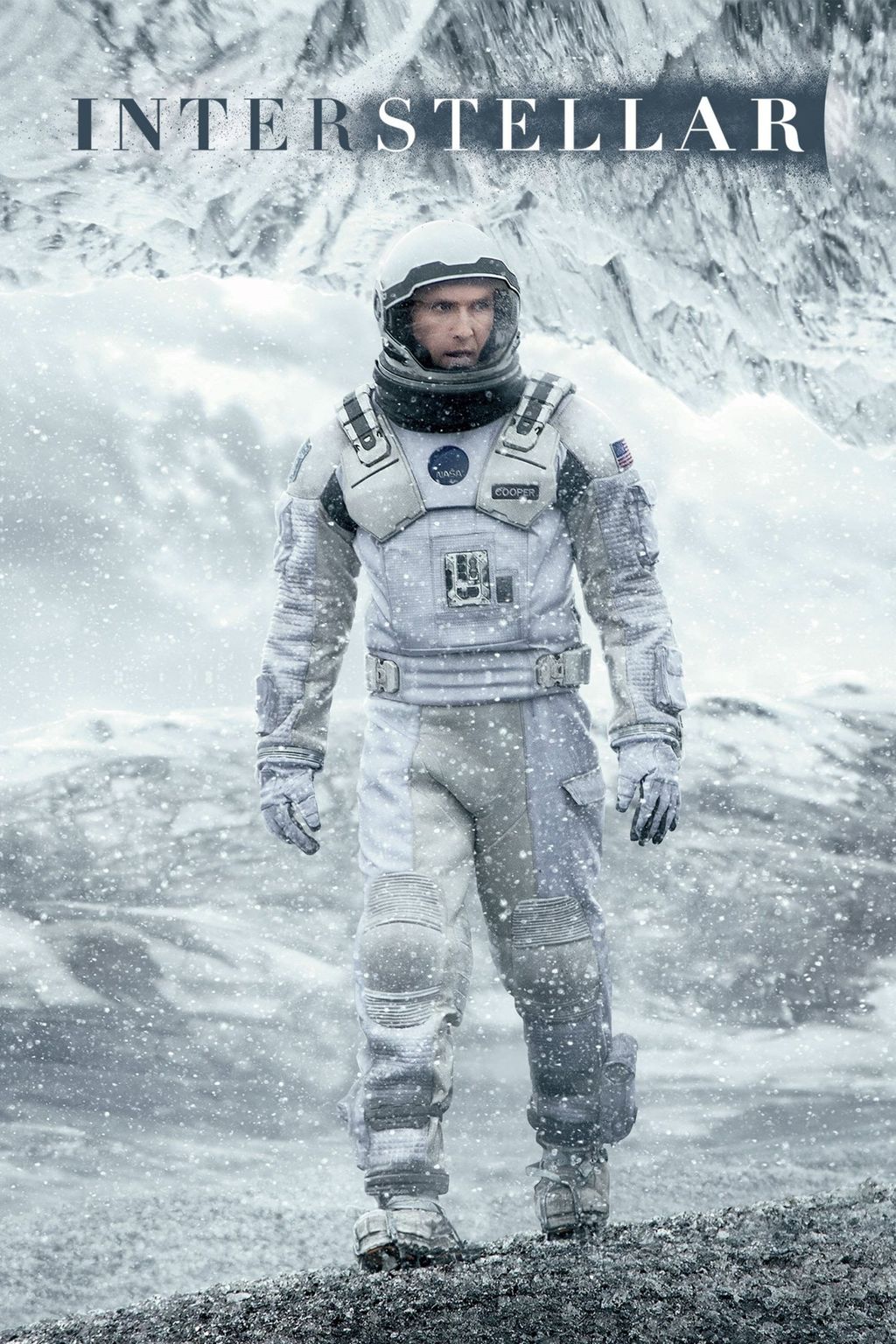
6. **Interstellar (2014)**’Interstellar’ is “a breathtakingly beautiful film and is one of the finest science fiction movies of the decade.” Christopher Nolan delivers a visually stunning and emotionally resonant journey through space and time, tackling grand themes and ambitious scientific concepts. On a first viewing, Nolan’s cinema “has this ability to magically deceive you,” sweeping you up in its epic scale.
But “like any other film from the genre, it is not without its share of plot-flaws and inconsistencies.” On repeat viewings, the magic sometimes “kind of loses its charm.” One glaring issue involves the selection of protagonist, Cooper. He’s claimed to be the “best pilot ever,” yet his character “isn’t well developed or established to make us feel the same.”
“So, logically speaking, a man who needs hours of lecturing on the theories of black holes wouldn’t ideally be the first person to go to” on such a paramount mission. While the film “gets almost all of its scientific concepts bang on,” it then veers into a “ridiculously kitschy ending which concludes that love transcends time and space.” This pivot, aiming to “blend Kubrick and Spielberg,” causes Nolan to “falter and somewhere loses his focus,” creating a thematic inconsistency.
Read more about: Alright, Alright, Alright: Unpacking Matthew McConaughey’s Extraordinary Metamorphosis from Rom-Com Royalty to Oscar-Winning Icon
7. **The Sixth Sense (1999)**Ah, ‘The Sixth Sense’. This film is iconic, featuring “arguably one of most famous plot twists of all time,” and it’s “undoubtedly M. Night Shyamalan’s best work.” The story of Malcolm Crowe, a child psychologist, and Cole Sear, a young boy who “claims to communicate with dead people,” captivated audiences worldwide, masterfully building suspense and emotion.
The classic M. Night Shyamalan ending reveals that Crowe himself was dead all along, explaining why Cole could see and speak with him. On first viewing, this twist feels brilliant and perfectly wraps the narrative. However, a significant plot hole emerges that’s “a bit of a hard swallow.”
The film establishes that dead people walk around seemingly unaware of their demise, and “normal people can neither see nor talk to them.” Yet, the twist implies Crowe “is revealed about his identity only through the boy.” This creates a paradox: how could Crowe, a ghost, be so utterly unaware of his own death? He continues his routine, seemingly believing himself to be normal, but the film’s own rules are bent here, making the twist, while impactful, logically inconsistent.
Read more about: Queen Bey’s Coveted Collection: An Exclusive Deep Dive into Beyoncé’s 15 Most Glamorous and Powerful Rides
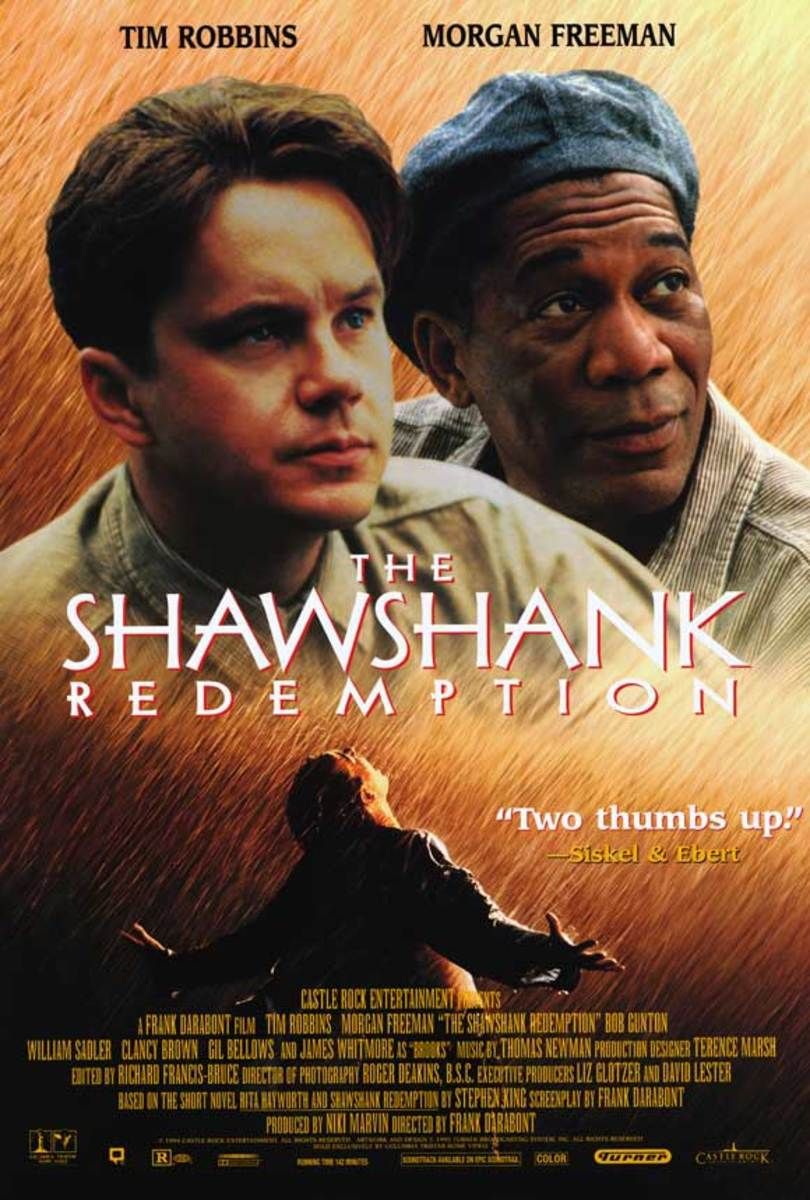
8. **The Shawshank Redemption (1994)**It almost breaks my heart to even mention this masterpiece on a list like this, but iconic films often have their quirks picked apart. We’re not trying to diminish Frank Darabont’s classic, which captivated audiences with its simplicity and profound humanity.
This cinematic gem, starring Tim Robbins and Morgan Freeman, chronicles Andy Dufresne’s time in Shawshank prison after being falsely convicted. Andy, being incredibly intelligent, cleverly wins the corrupt warden’s trust. He then uses this trust to funnel money into his own private account, a genius long-game strategy.
While accumulating cash, Andy dedicates his nights to a more ambitious project: digging a tunnel from his cell to the outside. Every night, after his clandestine excavation, he diligently covers the hole with a poster, keeping his secret literally plastered. It’s a painstaking, years-long endeavor, building incredible suspense.
Then comes his unforgettable escape. The next morning, the warden discovers Dufresne’s absence. They tear the poster from the wall, exposing the route. But here’s the kicker: there was no way for Andy to reattach that poster from inside the tunnel. It slightly defies logic to think he could pull it out, dig, and then magically stick it back each time.
Of course, for a story this powerful, we’re happy to suspend disbelief, aren’t we? This detail, while a bit of a head-scratcher, doesn’t diminish the breathtaking impact of an otherwise flawless movie. It’s just one of those fun things cinephiles love to debate!
Read more about: From Pioneers to Powerhouses: 11 African American Actors Who Redefined Hollywood and Left an Unforgettable Mark

9. **The Usual Suspects (1995)**Talk about a stone-cold classic! Bryan Singer’s 1995 crime thriller, ‘The Usual Suspects’, delivered one of the most iconic plot twists in history, sparking a frenzy. Decades later, the legend of Keyser Soze still dominates online discussions, a testament to its enduring power.
The film masterfully builds its narrative, leading to a climax where Verbal Kint is implied to be Soze himself. He meticulously fooled Agent Kujan, weaving a convoluted, fabricated story about the horrific events, keeping us in the dark until the very last frame.
The big reveal happens as Verbal, cool as a cucumber, leaves the office, smoking a cigarette and walking away with swagger. Right then, the fax of Soze’s sketch reaches the office, but it’s too late – he’s gone. Now, here’s where things get brain-scratching.
It’s understood Verbal had no knowledge of this sketch. This makes his elaborate plot-line of narrating a fabricated story to Agent Kujan seem illogical. Especially considering he could have simply walked off with the immunity granted to him. Why such theatricality when a simpler exit was on the table?
Read more about: 15 Must-Watch Heist Movies for Fans of Army of Thieves
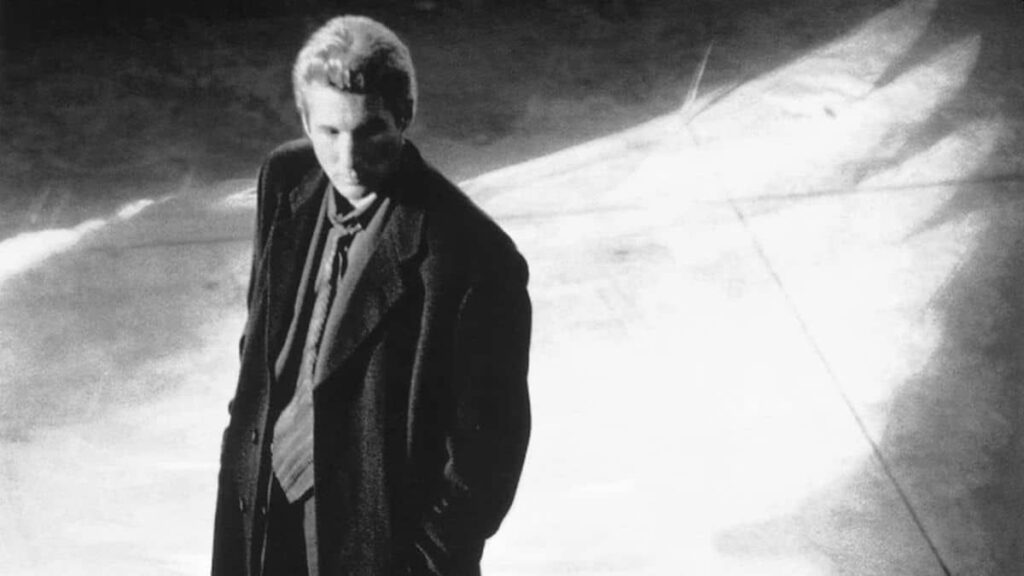
10. **Primal Fear (1996)**Here’s another fantastic example of an actor single-handedly elevating a film! ‘Primal Fear’ is an acting masterclass, especially for a young Edward Norton. The movie starts with a straightforward narrative: an altar boy accused of murdering a priest, with all key evidence against him.
Naturally, a hot-shot lawyer, portrayed by the brilliant Richard Gere, swoops in to take on the impossible case, believing in the boy’s innocence. The audience is then treated to a gripping courtroom drama, slowly unraveling the mystery.
Then comes the mind-bending twist: the accused isn’t just an altar boy; he’s a smart, cunning psychopath faking a peculiar mental illness – multiple personality disorder – to escape prison. It’s a shocker that redefines everything.
However, once you catch your breath, a baffling plot hole emerges. How could a case that garnered so much media attention *not* have caught the eye of anyone from Roy/Aaron’s past? Considering Richard Gere’s brilliant lawyer character, it seems highly unlikely he couldn’t have delved deeper into Roy/Aaron’s history.
Read more about: Beyond the Screen: 13 Chilling Horror Films You Won’t Believe Are Rooted in Real-Life Terrors

11. **The Karate Kid (1984)**Alright, let’s talk about ‘The Karate Kid’, one of the most beloved movies of all time! It’s spawned franchises, including ‘Cobra Kai’. Originally, this film was the ultimate underdog story, where our hero overcomes odds to defeat bullies in a karate tournament.
The story culminates in the “All Valley Karate Tournament” final, pitting Daniel against Johnny. Tension is palpable, stakes are high, and the referee’s rule is clear: blows to the face mean immediate disqualification. Everyone knows the rules.
Yet, in the thrilling climax, Daniel unleashes his “crane kick,” delivering an illegal blow directly to Johnny’s face to clinch the title. This happens moments after a final warning! It’s a win, sure, but its legality has been hotly debated for decades.
In ‘Cobra Kai’, Johnny is *still* fuming about that missed call. And honestly, who can blame him? It’s a glaring inconsistency, especially when it’s the very move that decides the championship! Did the ref just get distracted? We may never know!
Read more about: Rewriting the Narrative: 11 ’80s Movie Villains We’ve All Misjudged and Why They Deserve a Second Look Now!
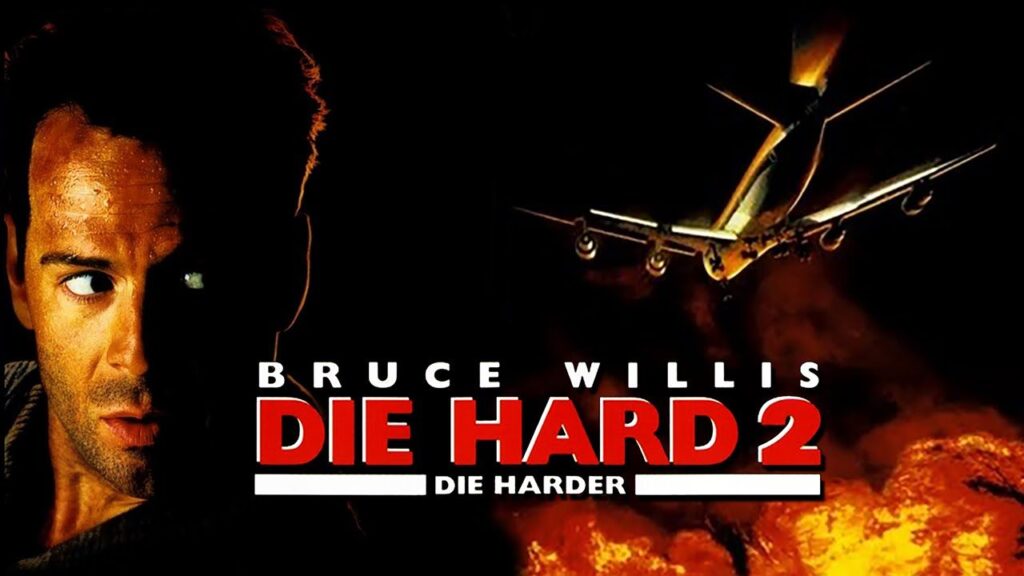
12. **Die Hard 2 (1990)**Yippee-ki-yay, movie lovers! The ‘Die Hard’ franchise is popular, and its second installment delivers action and witty one-liners from Bruce Willis’s John McClane. But a gaping plot hole shows up here.
The premise is classic action-movie tension: terrorists take over Washington, D.C.’s airport, preventing planes from clearing runways. Their plan: stop incoming planes, holding lives hostage. If demands aren’t met, circling planes, including Holly’s, will run out of fuel and crash.
Here’s where logic runs thin. Washington D.C. is close to *many* other major airports. Holly’s plane circles for almost the entire movie, for hours before landing attempts.
With that plane’s fuel, it could have easily made it to nearly any other airport! It seems unlikely any commercial aircraft heading into D.C. would have such insufficient gas that it couldn’t reach a safer alternative. Did they just really, really want D.C.?
Read more about: Beyond Panic Braking: Cop-Approved Strategies for Confident and Skid-Free Driving in the Rain
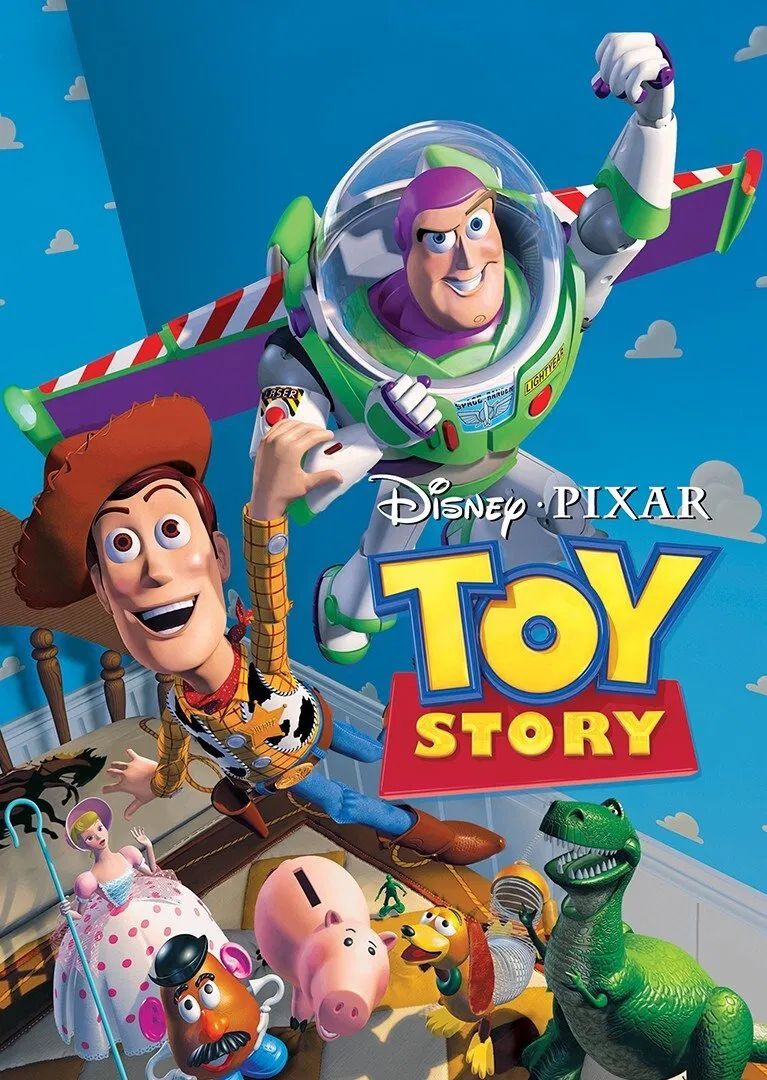
13. **Toy Story (1995)**Alright, get ready for some serious heat if you criticize ‘Toy Story’! But Buzz Lightyear, when you think about it, makes zero sense. The storyline hinges on Buzz believing he’s a genuine Space Ranger, not a toy. It’s an adorable delusion, but a delusion nonetheless!
Now, in ‘Toy Story’s world, a fundamental rule: all toys immediately pretend to be lifeless the moment a human enters. They don’t choose to hide; they instinctively go limp. This is core to the movie’s charm and narrative.
So, if Buzz truly believes he’s a Space Ranger, why does he also go limp and play dead with the others? If he’s looking for his home world, you’d think he’d seize every opportunity to interact with humans! He could explain his predicament, ask for help, or defend himself.
This inconsistency hasn’t gone unnoticed. Even the movie’s writers knew something was amiss. While theories suggest toys are “programmed” to hide, that doesn’t explain why Buzz wouldn’t question his body being hijacked. Filmmakers decided nobody cared enough to notice, or that joy would overshadow the logical leap. But we’re noticing!
Read more about: From Quirky to Coveted: 14 Ugly American Cars That Are Now Seriously Cool Collector’s Items
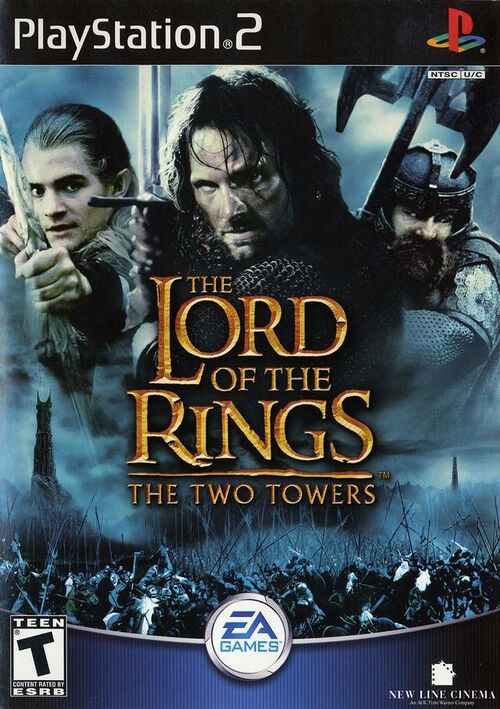
14. **The Lord of the Rings: Return of the King (2003)**Hold onto your Lembas bread, because we’re diving into one of the greatest plot holes in movie *and* literature history! We’re talking about Peter Jackson’s epic conclusion, ‘The Lord of the Rings: Return of the King’. From The Shire, Frodo and company endure incredible hardships, traveling vast distances, battling monsters, and “simply walking into Mordor.”
Battles rage, thousands die to distract Sauron. Ultimately, Frodo and Sam accomplish their monumental task, ready to face death at Mount Doom, utterly spent.
But then, who swoops in? Gandalf, astride an army of giant eagles! They fly in, effortlessly pick up the exhausted Hobbits, fight off Sauron’s forces, and swiftly escape to safety. It’s a stunning and emotional rescue.
However, this grand entrance has left audiences scratching their heads for years. The colossal question: why didn’t they just *start* on those giant, majestic flying eagles? If the eagles could fly them directly into and out of Mordor at the end, why not from The Shire? Fan theories abound, but for many, this plot hole remains incredibly hard to get around!
Read more about: Must-Watch Classics: 15 Iconic Films Spanning Sci-Fi, Fantasy, and Animation

15. **Star Wars: The Rise of Skywalker (2019)**Oh, ‘Star Wars’, you glorious, galaxy-spanning saga! One of the most beloved movie franchises. The original introduced Darth Vader, who, by the trilogy’s end, redeems himself by saving his son, Luke, from Emperor Palpatine.
Vader’s redemption is profound: he kills the Emperor in a way no one could survive. He hurls his mentor down a shaft at the Death Star’s core, just before the station is obliterated. It’s a definitive end, cementing Vader’s turn to the light.
Fast forward to ‘Star Wars: The Rise of Skywalker’, and we get a baffling revelation: Emperor “Palpatine somehow returned.” Wait, what? This one sentence undercuts one of the most pivotal and emotionally resonant moments in the saga, turning a definitive death into a perplexing mystery.
This “somehow returned” plot point creates a massive logical inconsistency. Vader’s arc was about bringing balance by eliminating the ultimate evil. If Palpatine survived, how did Vader still become a Force ghost, achieving peace and redemption? And how did the Emperor survive? For many fans, it feels like an insult to Vader’s ultimate sacrifice.
And there you have it, folks! From ancient prophecies to intergalactic battles, even the most beloved films can sometimes leave us scratching our heads with a plot hole or two. But let’s be real, spotting these quirks is part of the fun, isn’t it? It makes us rewind, re-watch, and excitedly debate how things could have been different.
Read more about: Hollywood’s Enduring Luminary: The Multifaceted Legacy of Carrie Fisher as Writer, Icon, and Advocate
So next time you’re settling in for movie night, keep your eyes peeled – you never know what logical leap you might uncover! It shows that even in cinema, suspending disbelief sometimes takes extra effort, and that’s perfectly okay.


